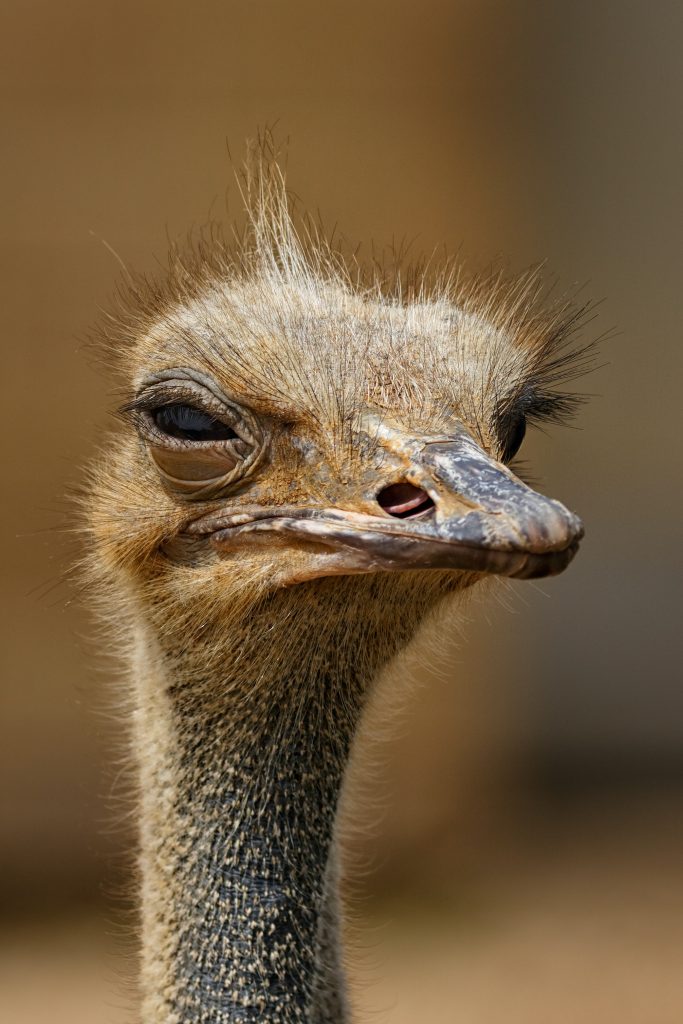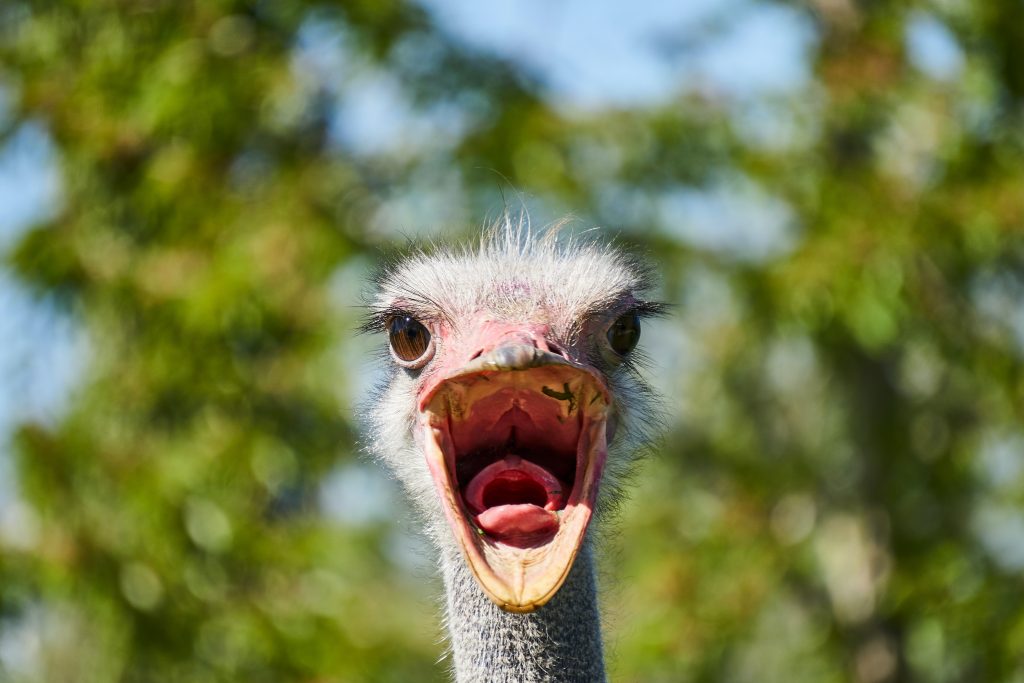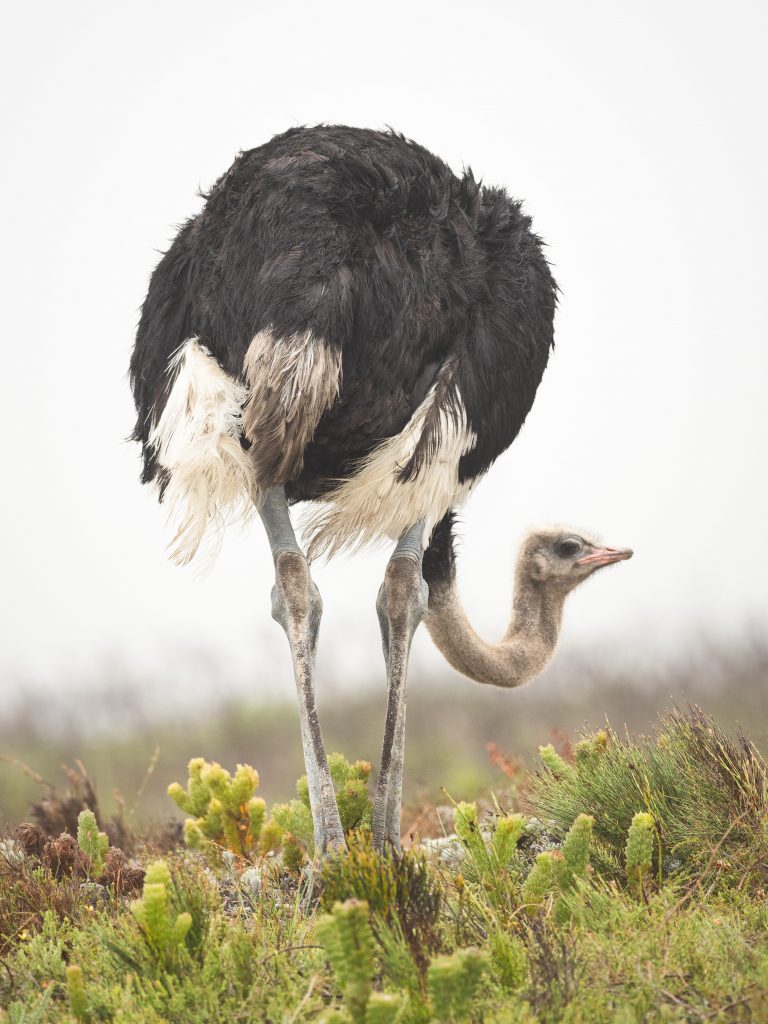All about Birds
What is an Ostrich? A Fun and Interesting Bird You Should Know More About!
Ostrich is the largest bird in the world and are native to Africa. They are distinctively known for their long necks and legs, which can grow up to eight feet tall! These interesting creatures have been around for millions of years, and today there are several different subspecies of ostrich. Read on to learn more about these amazing animals!
What is an ostrich, and where does it come from originally?

An ostrich is one of the most iconic birds in the world, and for a good reason – these unusual creatures are truly incredible. Ostriches are large, flightless birds native to Africa, with males reaching up to 8 ft (2.5m) tall and a weight of over 300 lbs (136kg). Their distinctive long necks, powerful legs, and unique wings make them instantly recognizable. Originating back millions of years, ostriches first made their way across Africa, eventually spreading to East Africa, South Africa, and the Arabian Peninsula.
Since then, they have become popular in luxury goods like fashion accessories and artwork. Also, they make a great addition to any zoo or aviary. Moreover, they can be gentle giants and brilliant display animals with iconic abilities, such as running up to 40 mph (64 km/h).
Further, Ostrich’s amusing courtship rituals are seen through dancing duets between mating pairs and beautiful eggshells which can be crushed without breaking. Ostriches deserve their place among some of nature’s most spectacular creatures!
How big do they grow, and what do they eat?

For anyone curious about the ostrich. First, let’s answer the size question – they are not just big birds. They are really big birds! Ostriches grow to an impressive height of up to 9 feet tall, making them the tallest and biggest living bird on the planet. It’s no wonder ostrich is considered a symbol of power and majesty.
Now onto its diet. They eat a wide variety of vegetation, including grasses, leaves, seeds, and berries. Further, not surprisingly, given their large size and weight, ostrich needs a hefty amount of food daily.
Ostrich also has a renowned appetite for meat: such as small rodents or lizards that happen to cross their path while they graze! Despite their intimidating image, ostrich is characterized by their friendly and inquisitive personalities, so don’t be afraid if you ever come across them in the wild. Just make sure you don’t get too close! All in all, ostrich are amazing creatures with huge hearts (and appetites!).
What are some fun facts about ostriches that you might not know?

Ostriches are some of the most fascinating creatures on earth. Did you know that they can reach speeds of up to 45 miles per hour when running and that their eggs, which can be more than 5 inches in diameter and weigh over 3 pounds, are the largest of any living bird? Or do ostriches have three stomachs just like cows and don’t even need water to survive? These fun facts alone should have you in awe of these impressive birds.
In addition, despite popular belief, ostriches cannot bury their heads in the sand but are good at camouflaging themselves. Also, they prefer to eat an omnivorous diet of flowers, fruit, and leaves, and small animals like insects or reptiles. With such an interesting combination of abilities and adaptations, it’s no wonder why ostriches have long been seen as symbols of strength and power!
Are ostriches friendly birds, or are they more aggressive ones to avoid?

Ostriches are birds that have been the subject of many rumors and myths. In truth, ostriches are neither particularly friendly nor overly aggressive birds. They can become agitated when provoked, particularly if they feel threatened or if their territory is invaded. However, if left alone, an ostrich may display curiosity toward humans.
As long-legged birds with strong claws and beaks, ostriches have been known to defend themselves from predators and intruders in their space. When domesticated, these birds can even be trained to show affection towards their caretakers.
Ultimately, one should always be respectful when encountering wild ostriches in their natural environment. They can be intelligent and gentle birds when given the right care in human hands. This makes them fascinating creatures to observe in their natural habitats and enjoyable companions with proper training.
How can you tell if an ostrich is happy or sad, and what do they like to do for fun?

When interacting with ostriches, it is important to know whether they are happy or sad. They can be quite expressive with their feelings, often displaying signs of joy and sadness with their posture, body movements, and vocalizations. A classic sign that an ostrich is happy is when they ‘dance’ – flapping their wings and twirling around in circles. Also they have different methods of communication to show feelings like curiosity or unease.
If you see an ostrich shaking its head and making a repetitive noise, it likely means they are feeling anxious or uncomfortable. As for what ostriches like to do for fun – besides dance. These curious birds enjoy being challenged mentally and stimulated by new objects in their environment. You can give an actively engaged ostrich some toys to play with, like balls, puzzles, homemade treats, etc.
Ostriches are interesting creatures, and there is so much to learn about them. Did you know that they come from Africa? Or that they can grow up to nine feet tall? They are one of the larger bird species out there, and because of their size, they have many unique characteristics. For example, ostriches are one of the few birds that can run at speeds over 40 miles per hour! And if you’re ever lucky enough to see an ostrich in person, look for the feathers on its head – they act as a natural cooling system! We hope you enjoyed learning about these fascinating creatures. If you want to learn more about other types of birds, check our blog regularly for new posts.

